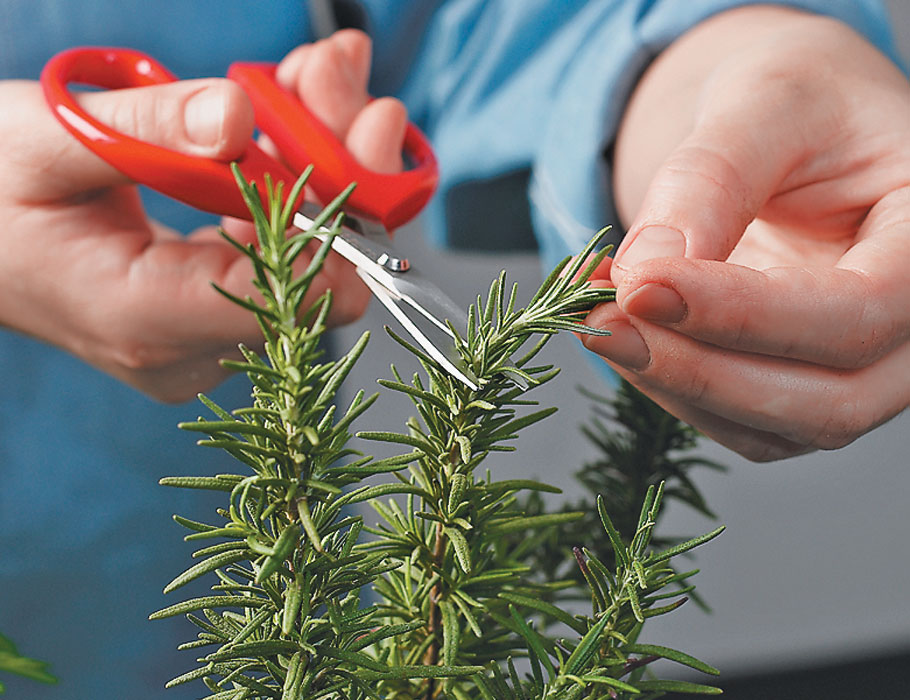How to Grow a Container Herb Garden
You see it constantly — use fresh herbs. Now grow your own container garden for an endless supply of flavor. Here's how to start your container herb garden with just a few supplies.

(Note: This post contains affiliate links. As an Amazon Associate, we earn from qualifying purchases made through affiliate links.)
A great thing about container gardens is they can be kept outside in the summer, then brought in when the weather turns cold. But better than that, they’re so easy — just fill a container with herbs from a nursery (still in their pots!) and you’re done. No soil required!
Here’s how to start your container herb garden
First, pick a container based on how many herbs you want to tend. Test its size by placing the pots right inside, spacing them a couple inches apart. Be sure the container can stand up to weather, yet looks nice in your kitchen. There are a multitude of options, like regular terra cotta pots or more decorative ones, rectangular herb garden planters, or more decorative compartment planters or larger containers if storing outdoors.
Then, for proper drainage (critical for healthy herbs), spread 2–3 inches of small aquarium rocks or decorative stones in the bottom of the container. Now “plant” the herbs, while still in their plastic pots. This makes care easy, allowing each plant to be watered according to individual needs. Plus, they can be replaced in a snap, if needed. For a finished look, arrange river rocks (available at nurseries) around the base of the plants.
WOODY-STEMMED HERBS, like rosemary, tend to grow back slower than other herbs. To keep them producing, harvest only their tender, new growth. And always use scissors to harvest it, or any herb, and leave at least half of the plant intact to insure continual growth.

Container Herb Garden Tips
- Herbs need at least five hours of light each day.
- Water herbs once a week, or when the top ¼-inch of soil feels dry to the touch.
- Use a diluted, general fertilizer once every four weeks in the summer. Do not fertilize during the winter months.
- Use the stones to adjust the height of the plants. They should be level with the edge of the container.
Product Recommendations
Interested in cooking? Need some supplies?
Check out some of the tools we like. All products featured on Cuisine at Home are independently selected by our editors; we may earn an affiliate commission from qualifying purchases through our links.